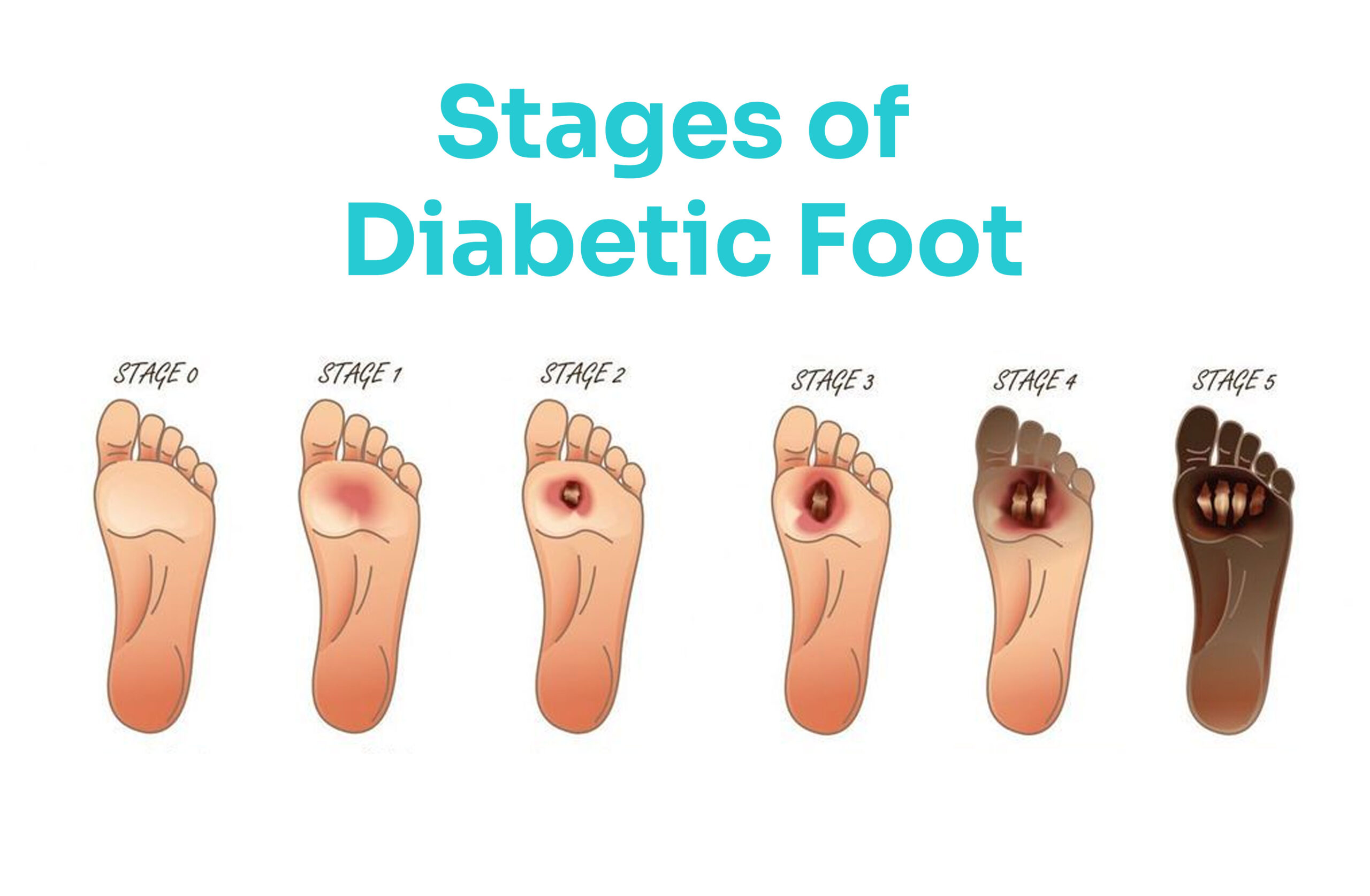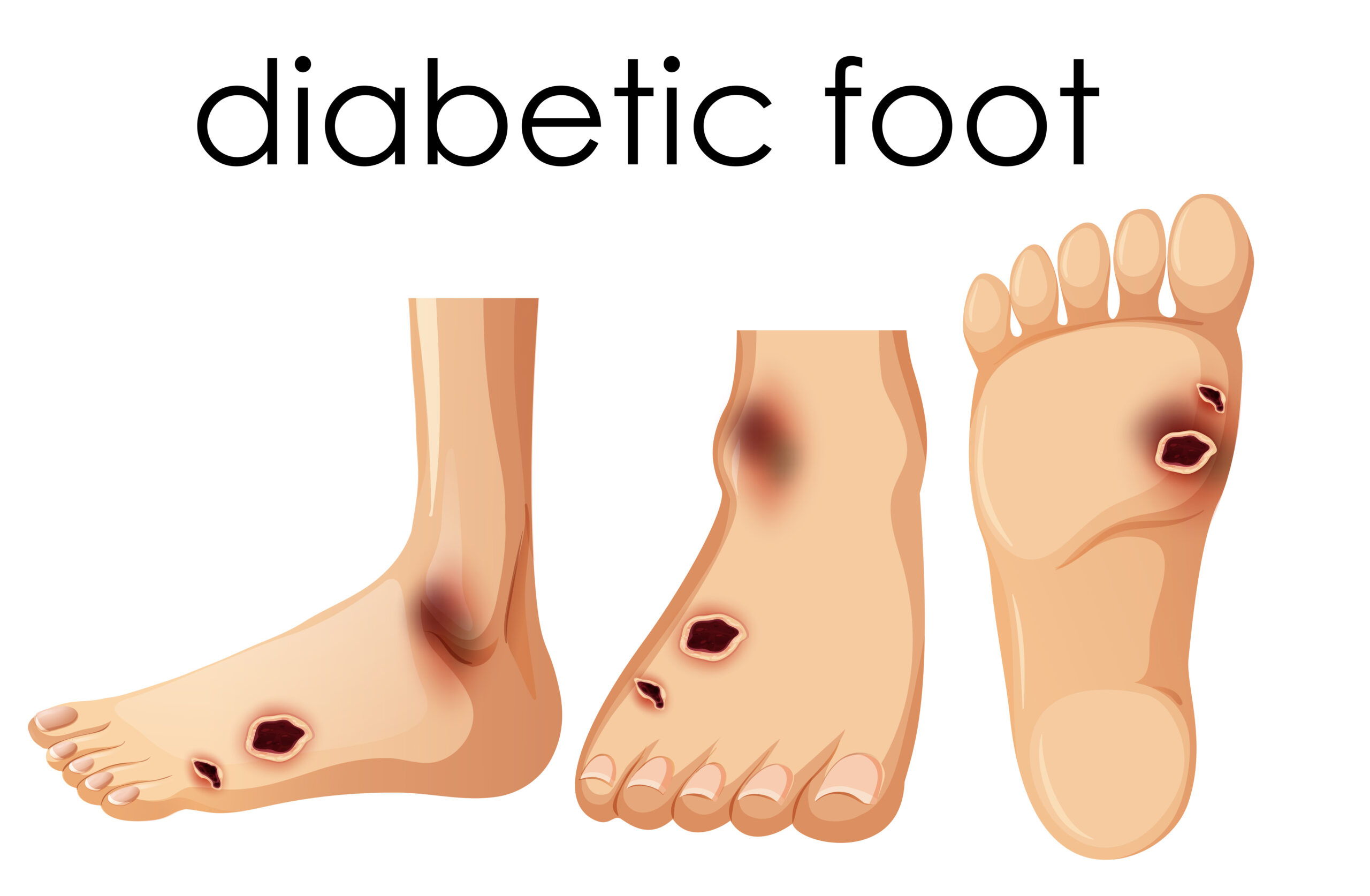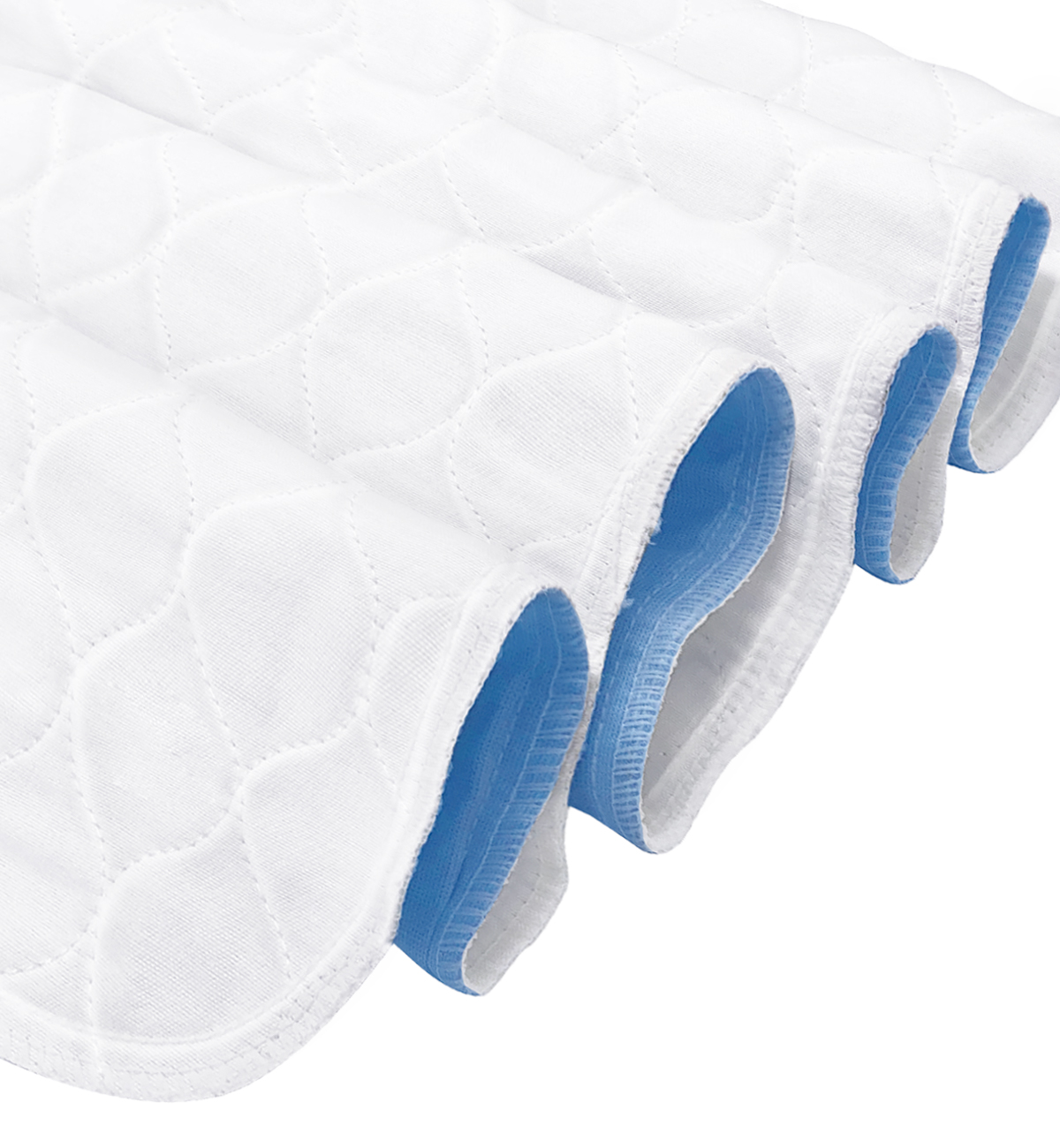Diabetes & Foot Problems
2025-01-14 2025-01-14 15:58Diabetes & Foot Problems

Diabetes & Foot Problems
Diabetic Foot: A Hidden Danger
Every 20 seconds, someone in the world loses a limb because of diabetic foot problems. This scary fact shows how serious the issue is, according to a top non-profit organization. As the global economy grows and our lifestyles change, diabetes has become a big health challenge worldwide.
What is Diabetes
The World Health Organization (WHO) says diabetes is a long-lasting disease that makes our blood sugar too high. Over time, this can harm our heart, blood vessels, eyes, kidneys, and nerves.

There are two main types of diabetes:
Type 2 Diabetes: This is the most common type and usually happens in adults. It occurs when our bodies can’t use insulin properly or don’t make enough insulin. In the last 30 years, the number of people with type 2 diabetes has gone up a lot in every country.
Type 1 Diabetes: This type is also called juvenile or insulin-dependent diabetes. It’s a long-lasting condition where the pancreas makes little or no insulin.
Around 830 million people around the world have diabetes. There’s a goal to stop the rise in diabetes and obesity by 2025.
Diabetic Foot: A Common Problem
Foot problems are one of the most common issues for people with diabetes. This condition is so common that there’s even a special term for it: diabetic foot syndrome. But what are the early signs of diabetic foot problems? How does it get worse over time? Let’s explore.

Stages of Diabetic Foot
Doctors use a system called the Wagner classification to figure out how bad diabetic foot problems are. It looks at how deep the ulcer is, how infected it is, and how much tissue has died. Here are the stages:
Grade 0: No sores, but the foot is at high risk.
Grade 1: A sore that goes through the skin but not the tissue underneath.
Grade 2: A deep sore that reaches ligaments and muscles, but not bones or abscesses.
Grade 3: A deep sore with swelling or abscess formation, usually with bone infection.
Grade 4: Localized tissue death (gangrene).
Grade 5: Severe tissue death involving the entire foot.

Each stage needs different treatments and care. Finding and treating problems early can greatly reduce the risk of serious issues. If we notice any early symptoms, we should ask our family doctor or go to the hospital for a check-up.
Why Awareness and Education Matter
Knowing about diabetic foot problems is very important to prevent serious outcomes. Regular check-ups, staying healthy, and taking care of our feet can make a big difference. Understanding the signs and stages of diabetic foot can help us take steps to manage our health better!

Search by Tags
advanced woundcare dressing Bedsores Blood Blood donation chronic decrease Chronic Wound comprehensive guide Conkosil Diabetes diabetes foot diabetes prevention Diabetes,Foot Problems,wound Diabetic foot dog training donation dor pee pads Easy Tips First aid health health life Home Care Ionic Silver Dressin Innovative Technology for Wound Care Lesions Measure a Wound medical tape Moist Wound Healing Negative pressure wound therapy papertape pet care Pressure Ulcers puppy pee pads Self-Adhesive Bandage Skin care tape Tobacco traditional wound care dressing World No Tobacco Day Wound care wound dressing wound healing wound infection wound materials woundmaterials wound type wound vac


















